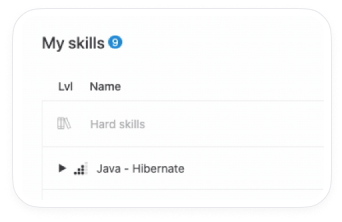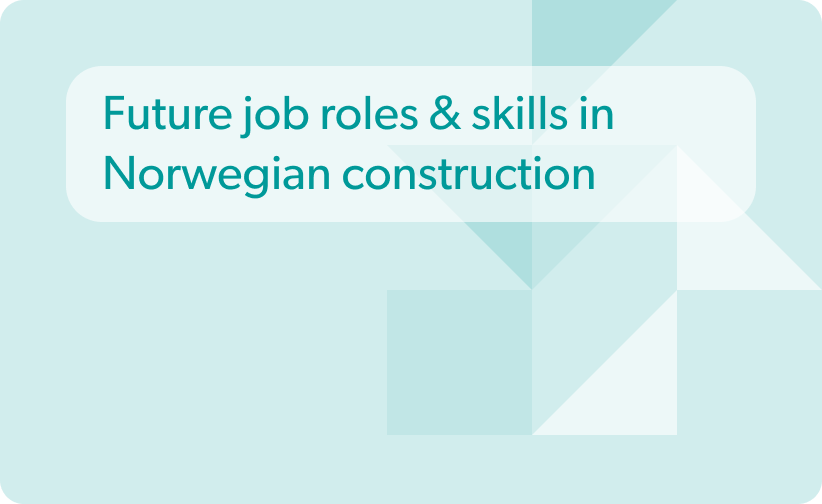Interview with Katrina Collier, design-thinking facilitator, author, mentor & speaker at Katrina Collier Limited
Meet Katrina Collier, design-thinking facilitator, mentor, speaker and author of the “The Robot-Proof Recruiter,”. We discussed the key challenges and top priorities of recruiting in 2022 and beyond.
Challenges for recruiting in 2022
Q: What are the key challenges recruiting these days?
That is an enormous question. If we were to talk about the bit that I refer to in Edition 2 of The Robot-Proof Recruiter that came out on August 3rd, 2022, I would talk about the fact that the Internet has made the world very noisy and also very transparent.
So, by noise, it’s tough to get someone’s attention. It’s very hard to hold someone’s attention. Transparent, as in they can see all the jobs, all the reviews, how you treat people, and this whether they’re a candidate, an employee, and so on. People have all these choices, and they don’t need to choose to work for your company.
For recruiters, whether in staffing or internal, it’s hard to get somebody’s attention. Keep their attention. And get them to start.
Many people aren’t starting even when they’ve signed the contract, so there is a lot of ghosting. The other big challenge that’s happening with companies now is people. Even with a pending recession is the inability to keep people. Retention is currently a problem. So that would be one I would focus on too. That’s some of the critical challenges we’d see.
Recruiting priorities in 2022
Q: What are your top priorities for recruiting today and beyond?
Again, I would go back to the information in The Robot-Proof Recruiter, where we’re talking about humans first, developing an experience that people want to stay and be part of.
Put the human first.
I think if companies were to have a look at their recruitment processes and strip out all the stuff that’s making it difficult for people to apply and stay, it would work better.
How recruiting has changed over recent years
Q: Where did recruiting start and end, say, eight years ago?
Back then
And now I wouldn’t go just eight years ago; I would go pre-internet having its impact, which wasn’t eight years ago. When I started in recruitment, I would just call you, put an advertisement out, or I would find you in the database, you’d apply, we’d have a conversation, talk about the role, I’d send you to the client or into my hiring manager, and off we’d go.
It was easier to communicate because you’d ring someone, and they’d answer because the phone was ringing; it was annoying.
Now, where do you think technology would have enabled it to be an easier process or more challenging?
So, there’s a lot more recruiter spam for recruiters to fight against. So that doesn’t help. There’s a lot of noise; many people use a LinkedIn recruiter to mass InMail people rather than showing that they have looked at someone’s profile and using that really personal touch. I think the answer is that we need to get a little back to basics, where it was easier eight years ago, or really pre-Internet.
We have more ways to communicate, these mobile phones that we have within reach that we don’t answer. But now, I think people are overwhelmed and just switching off all these messaging apps and ways to be contacted. And then, again, there’s that transparency. That ability to go and look at someone’s profile. The ability to think, ‘I don’t want to talk to Oksana. I don’t know who she is; she’s just a face on the internet.’ So, they’re craving information before they respond to someone and making sure, as I talk about in Chapter Two, that somebody must look worthy of someone’s time. That’s what changed in that respect.
Recruiting and technologies
Q: What recruiting technologies will become more important?
I would prefer to remind recruiters that they’re human beings with thoughts, feelings, and emotions and that there needs to be more kindness, empathy, and compassion in the recruitment process.
There’s so much focus on tools and technology and data and not enough on the fact that we are trying to find human beings to work with other humans.
I would rather see less emphasis on recruitment technology and more focus on improving the human experience. And, if you’re purchasing recruitment technology, you never purchase technology that hasn’t been created by a recruiter or had input from a recruiter.
Ensure any recruitment technology purchased comes recommended by your peers because it improves the experience for the hiring manager, the recruiter, and the candidate. That’s what I’d like to see.
Recruiting importance for the company
Q: How can recruiting help companies stay competitive?
Well, whether you’re an external recruiter working with clients or an internal, we are the people that bring in the people, and we decide the fate of the company. So, the companies that don’t invest in their recruiters are foolish.
The companies that rely on external agencies and then don’t adequately invest time into working properly with them are being foolish.
People make the company succeed. Not the finance department, marketing department, or people in those departments. And too often, it’s about the budget. It’s about, “Well, we’re going to slash costs.” As I mentioned in my other answers, there is talk of a recession.
I think it’s a rebalance. We went from over-firing in 2020 to over-hiring in 2021, and now, it’s like a bit of stabilization. But it’s still hard to recruit people in general. And the companies going into a hiring freeze and getting rid of their talent acquisition teams and are being short-sighted.
Companies should keep them and have them build a talent pipeline. To map the market to know, “We might freeze now, but we’re going to come back, and we’re going to be recruiting 200 software engineers.”
The talent intelligence that’s also coming up into thinking. I know a company in the US that has just put on a hiring freeze, and its talent acquisition team has been kept. They’re currently doing a book club with The Robot-Proof Recruiter, which is seriously cool and very kind of them. So that’s a way to enrich the team and train the team.
Q: How can talent acquisition help companies stay competitive?
We’re the people that bring in the people, literally. So, if you are a company director, you need to train that team. If you’re a talent acquisition leader, you need to make sure that the team knows they have your back and that they can push back.
Demand those intake strategy sessions. You can make sure that everything is running smoothly, hiring managers, behave, all that sort of stuff. Let talent acquisition create beneficial partnerships with the business. Let them understand what the business does so they can have proper conversations against all that noise and all that data and that transparency that’s going on in the world. So, again, it’s hard to answer succinctly.
I think that we’ve forgotten the human bit. Overall, that would be my comment. Let’s get back to being human-centric. Let’s get a little bit less reliant on technology.
Let’s balance it back out. Human first. Technology is firmly in its support.
Stay up to date with our newsletter
Every month, we’ll send you a curated newsletter with our updates and the latest industry news.























 info@hrforecast.de
info@hrforecast.de
 +49 89 215384810
+49 89 215384810






